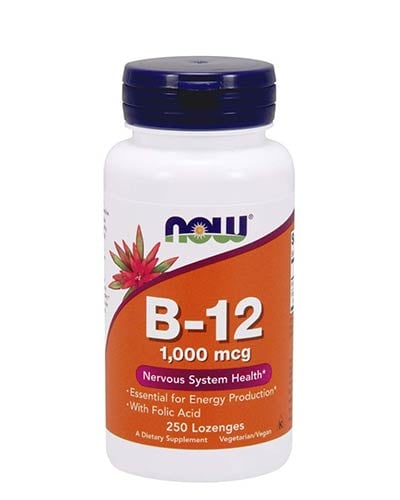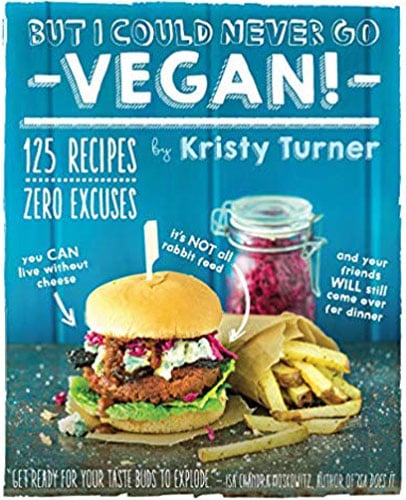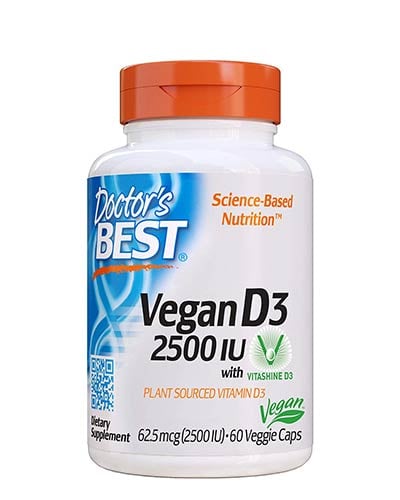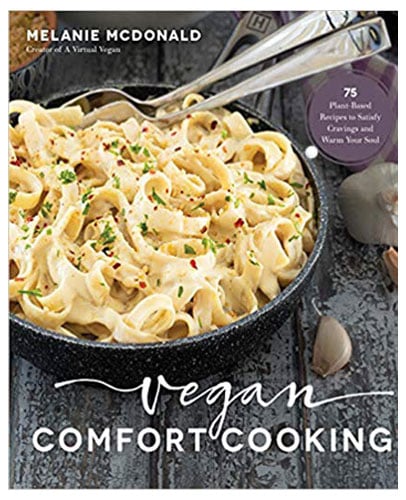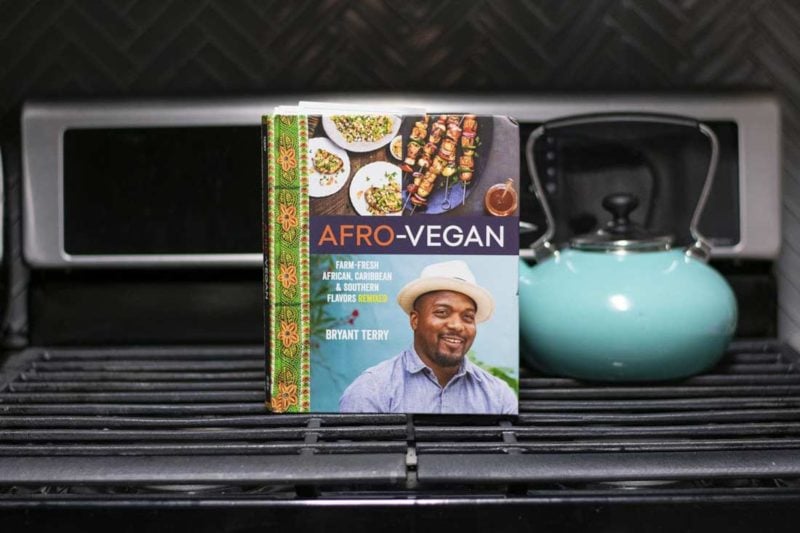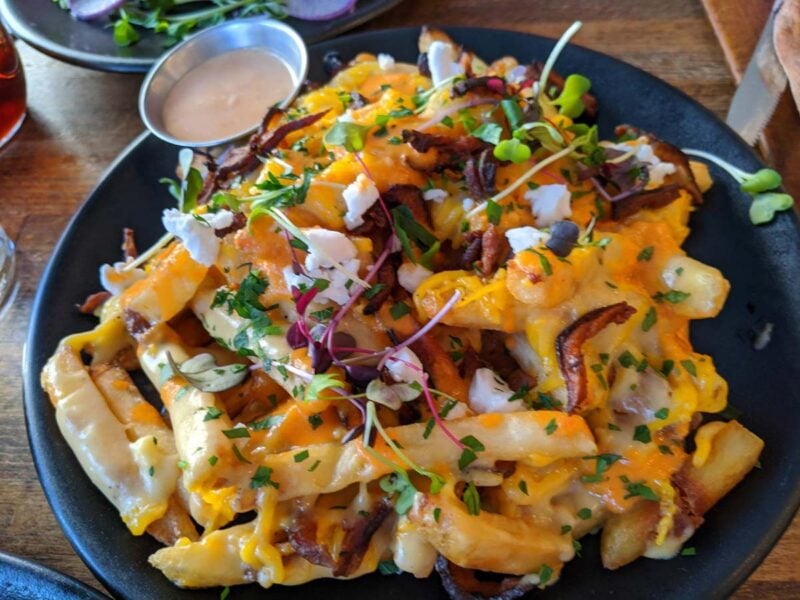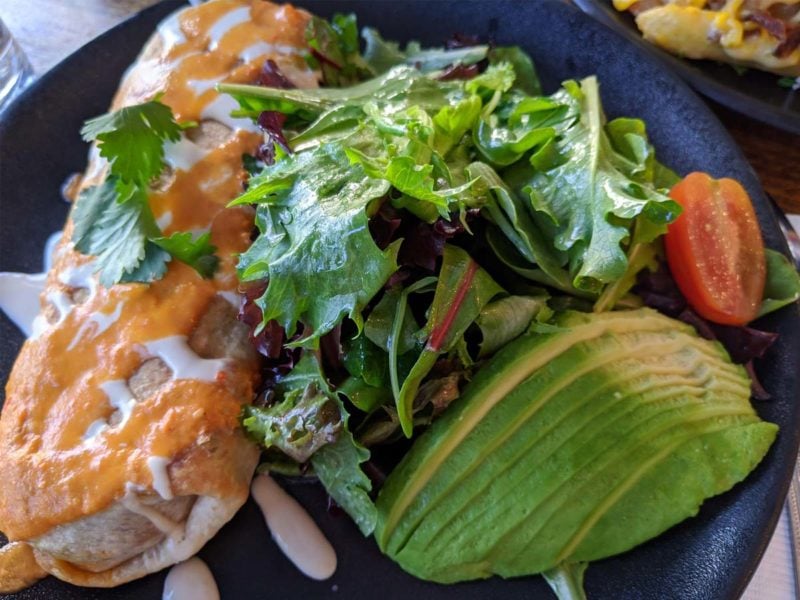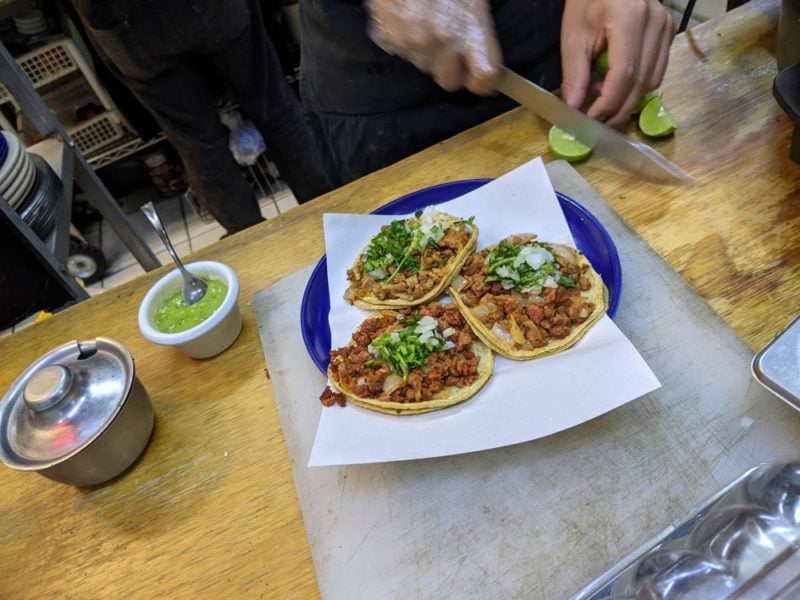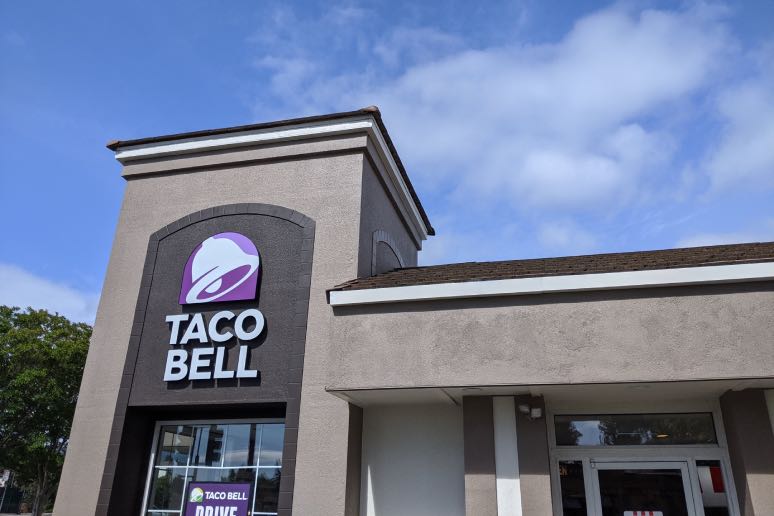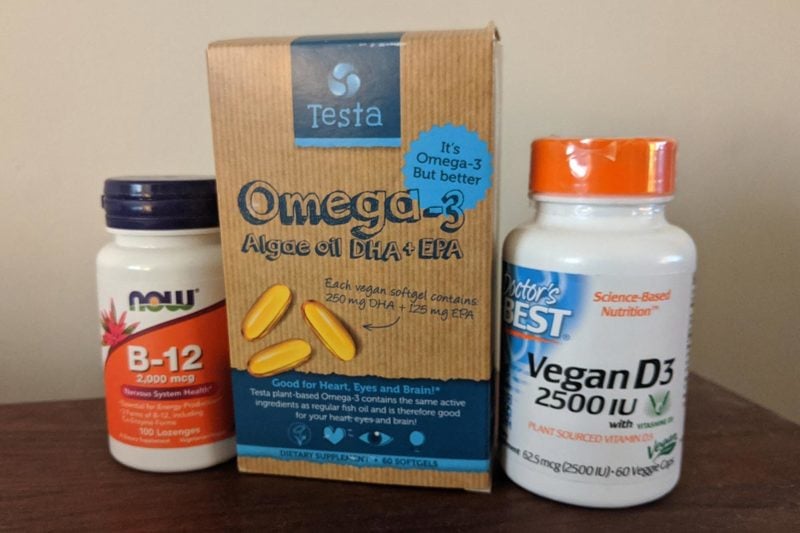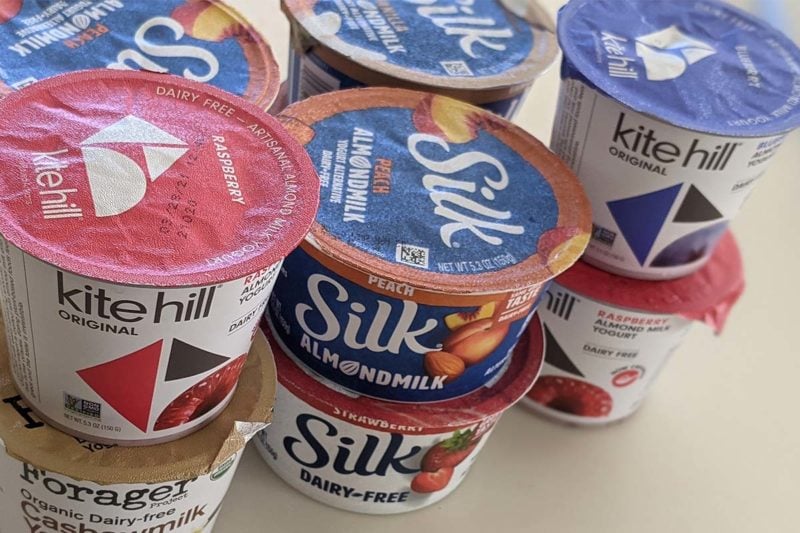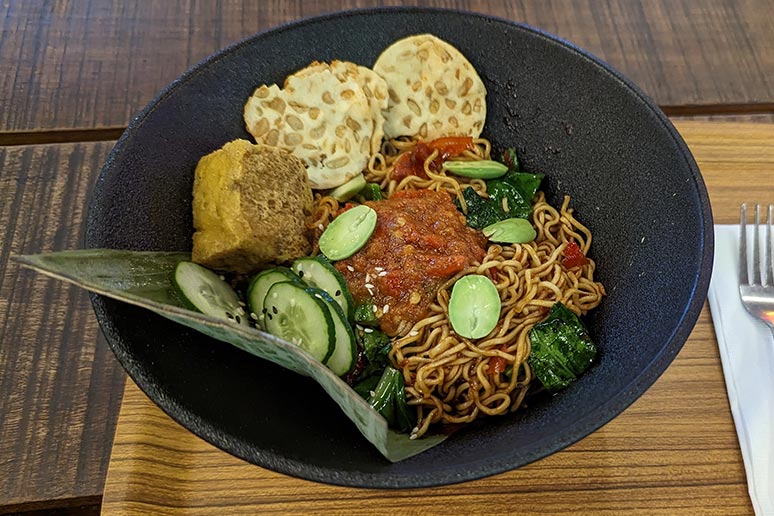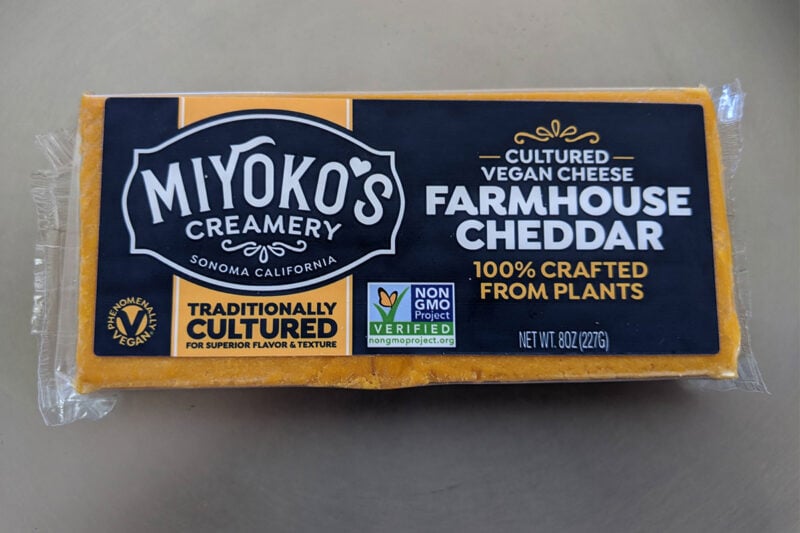When it comes to delicious, satisfying meals, nothing beats vegan Mexican food. This cuisine features countless vegan-friendly dishes that even novice cooks can easily prepare. You won’t find another style of cooking so dependent on wholesomeness. At its best, Mexican cooking hinges more on exceptional ingredients than on the skills of the chef. If you’ve gotten ahold of some gorgeous, freshly-picked produce, nothing will showcase its quality like the classic flavor combinations of Mexican cuisine.
Mexican dishes usually feature beans, rice, or corn—inexpensive yet wonderfully versatile foods. No cuisine makes better use of vegan cheeses and dairy-free sour cream. Despite its Asian origin, cubed tofu—either grilled or sauteed—is the perfect addition to a wide assortment of Mexican dishes. And of course there’s no Mexican-style meal that a little salsa, guacamole, or sliced avocado won’t improve.

The CORNerstone of Mexican Cuisine
Corn is traditionally the most important staple food throughout Mexico, Central America, and South America—no other food even comes close. It’s impossible to imagine how the cuisine from this part of the world would have evolved had not corn come into the picture.
Unfortunately, is probably the least nutritious of commonly-eaten grains. But when eaten with beans—a rich source of lysine—your body is able to efficiently convert corn’s amino acids into the proteins it requires. Additionally, corn has some rare virtues. Along with rice and quinoa, it’s one of the only grains that is gluten-free. On top of that, corn contains lots of fiber and practically no fat.
In addition to the usual yellow and white varieties, farmers in Latin America also blue and red corn. Whatever their color, whole corn kernels make a welcome addition to almost any savory Mexican dish, especially soups and chili. They also enliven the texture of Mexican-style salsas. In Southern Mexico and Central America, corn is also commonly liquified into a sweet, delicious drink called atole de lote that often but not always contains milk.
Let’s now take a closer look at the two most common corn-based foods in Mexico: tortillas and tortilla chips.

Tortillas
Corn tortillas are taco-sized, and appear in a great many Mexican dishes. Every town in Mexico has at least one tortilleria (a tortilla bakery), with a squeaky machine spitting out one hot tortilla every second. If you’re visiting Mexico, by all means find one near you. Just five pesos will buy you a stack of piping hot tortillas. Like bread, tortillas taste best when eaten warm. I never purchase corn tortillas from natural food stores and supermarkets, since they can’t compare to freshly-made.
For a fun and easy cooking project, buy some blue corn masa harina (finely-ground corn flour) and make tortillas from scratch.
Corn tortillas are invariably vegan since they contain nothing but ground up corn. They have a small diameter since, lacking gluten to help them stick together, they would break apart if made too large.
The large tortillas used for burritos and quesadillas are made of wheat flour, either white or whole grain. Wheat tortillas traditionally contain lard or tallow, but practically all commercially-made tortillas are now vegan, thanks to the now commonplace concern about saturated fats. Any good supermarket or natural food store will carry organic whole wheat tortillas.
Tortilla Chips
Most natural food stores sell organic blue or red corn tortilla chips. These chips may or may not taste better than yellow or white corn, but they look cool and are usually organically grown. Regular white and yellow corn is often genetically modified and subject to heavy pesticide and herbicide use.

Other Essential Vegan Mexican Foods
Sure, countless Mexican dishes contain loads of meat and cheese. But leaving that stuff out reveals the plant-based heart of this cuisine. Now that we’ve covered corn, let’s turn our attention to the other vegan staples of Mexican cuisine:
Rice
Rice is nearly as popular in Mexico as it is in Asia. A great many Mexican dishes feature rice, which perfectly compliments the flavor and texture of beans. Mexican restaurants usually serve long grain white rice, which unfortunately lacks fiber and nutrients.
Beans
Beans are served whole, or mashed up and then pan-fried as refritos (refrieds). It’s great that beans are a cornerstone of Mexican cooking, because they contain a good mix of amino acids. Eaten on their own, both rice and corn contain very little lysine—an essential amino acid. But when you eat these grains with beans, your body gets the lysine it needs to utilize the other amino acids. By far the most popular beans in Mexican cooking are black and pinto.
Guacamole
Guacamole features mashed avocado, jazzed up with some garlic, onion chunks, fresh cilantro, ground pepper, lime juice, and salt. Nothing goes better with tortilla chips better than guacamole. It’s also sensational in burritos, and a dollop is the perfect garnish for just about any vegan Mexican meal. Nobody has ever complained about receiving too much guacamole.
Salsa
Salsa translates simply to sauce, so chefs have endless freedom about what to put into it. Mexican salsas may contain all sorts of ingredients, including mangoes or peaches. But the classic Mexican salsa is mainly tomatoes, onions, cilantro, and seasonings. When eating corn chips, cooked salsa adheres nicely to the chip and you won’t have chunks of tomato and onion falling onto your lap. Jarred salsas are not only delicious, they can be made from better tomatoes than what’s available locally in winter months.
Nopales (Cactus)
Much of Mexico’s landmass is desert, with cactus wherever you look. Cactus is the key component of tequila and mezcal, Mexico’s most famous alcoholic drinks. And it’s no surprise that cactus also plays a prominent role in Mexican cooking. Specifically, the prickly pear cactus is among the most common vegetables served in Mexico. In Spanish, prickly pears are called nopales (pronounced: No-Pahlehz), and you can buy them at any produce stand in Mexico. In the mornings, you’ll often see street vendors scraping the needles off the nopales they intend to sell.
Sliced and marinated nopales is a common topping at taquerias. When you visit an American burrito restaurant, you know you’ve found a good one when they’ve got nopales on the menu.
Nopales can be added to any number of Mexican dishes, but preparation is tricky. You’ve got to completely remove the needles, and, like okra, nopales becomes slimy if cooked improperly. Canned nopales is pretty good, surprisingly cheap, and vastly more convenient.
Peppers
Just like Indian food, Mexican food can really bring the heat. But unlike Indian food, you can dial it back if desired without losing irreplaceable authentic flavors. Raw peppers can deliver loads of heat, especially the eye-watering jalapeño and the blindingly hot habanero. Jalapeños bring a bunch of delicious flavor notes in addition to their heat, whereas I don’t find the secondary flavors in habaneros nearly as tasty.
Roasting removes most of the heat from spicy peppers, but leaves intact all the other delicious flavors. Roasted jalapeños seasoned with chili spices are called chipotles, which rank among the most delicious items in all of Mexican cooking. Try chopped chipotles in your next burrito, or as a garnish for your favorite tofu scramble recipe.
Pickled Vegetables
Most Mexican restaurants serve sides of pickled sliced jalapeño, carrots, potatoes, and onions. This is remarkably similar to the pickled accompaniments served at Indian restaurants, minus the curry spices. Better burrito joints usually maintain a counter loaded with these garnishes, as well as a few types of salsa, so you can choose your favorites.
Mole (pronounced MO-lay)
Just as salsa is the Mexican word for sauce, the word for sauce among the Aztecs and other natives of southern Mexico is mole. It’s typically an entirely different type of sauce than Mexican salsa.
Mole is considered one of the great Mexican concoctions. While most famous dishes in world cuisines have close counterparts with other dishes in other regions, no other cuisine I’ve encountered has anything resembling mole sauce. Its bitter chocolate plays off against tangy seasonings. Unfortunately, unless you’re dining at a vegan restaurant, mole sauce is rarely vegan because it commonly contains lard and chicken stock. Vegan mole is sensational, and it’s well worth learning a recipe.

The Virtues of Vegan Mexican Food
As you can see, Mexican cooking rests on a foundation of numerous plant-based ingredients. But there is no getting around the fact that most mainstream Mexican dishes contain meat and dairy products. If you want those textures and flavors, you can easily find them in vegan form. Nearly all supermarkets and natural food stores sell vegan meats, cheeses and sour cream. These vegan foods go wonderfully with just about any vegan Mexican dish. And, since most vegan meats and cheeses contain a lot of protein and fat (just like their animal-based counterparts), they’ll improve satiety.
If you’re new to cooking, Mexican food is the ideal first cuisine to explore. Many popular dishes require little technique or training. Nothing’s easier than cooking up a pot of beans and rice; mashing avocados; or chopping vegetables. The spices and seasonings are straightforward too. All of this is hard to mess up. Sure, your cooking skills may never compare to someone’s abuelita, but you can quickly learn to make delicious Mexican food even if you’ve never ventured further south than Minneapolis.
The non-fussy nature of most classic Mexican dishes pays off when eating out. Since Mexican food is so easy to make, it’s harder than most cuisines to screw up. You can usually count on a vegan restaurant to make a tasty burrito even if their falafel sucks. At non-gourmet restaurants serving multiple cuisines, the Mexican offering will usually taste more authentic than the other choices.

Dining Out
Despite the many virtues of Mexican cooking, Mexican restaurants can pose great difficulties for vegans. Quite a few of these establishments don’t serve a single vegan-friendly dish.
The problem is that animal products show up in so many plant-based offerings. Beans may contain scraps of pork, and refried beans commonly contain lard. Rice is often boiled in chicken stock. And guacamole may contain sour cream—not because sour cream improves the flavor, but because it’s cheaper than avocado. Prior to the 1990s, wheat flour tortillas usually contained lard. But growing concern for health has caused most tortilla makers to switch to vegetable oil. Corn tortillas are invariably vegan, however I’ve seen restaurants grill them with a little animal fat.
Waitstaff are often uncertain about the vegan status of their offerings, and if your Spanish is no bueno communication can be unreliable. You can therefore more confidently order vegan food at Mexican restaurant chains. These places usually list the ingredients of every menu item on their websites, sparing you the trouble and uncertainty of extracting this information from restaurant staff.
Most of the leading burrito chains—including Chipotle and Qdoba—are good about not sneaking animal products into foods without reason. Taco Del Mar even publishes a PDF containing every single vegan item on its menu. The beans (both whole and refried), rice, guacamole, salsa, and tortillas at these chains are all vegan.

Classic Vegan Mexican Dishes
A traditional plate of vegan Mexican food brings together the basics: beans, rice, salsa, guacamole, a little chopped lettuce, some pickled vegetables on the side, and perhaps a basket of tortillas or tortilla chips. It’s hard to complain about any of that! Here are some other popular vegan-friendly possibilities:
Burritos
Burritos are the most popular Mexican food in the USA, but they’re actually rarely eaten in Mexico. They’re perfect for when you’re hungry enough to eat a horse—the fact that burrito means “little donkey” in Spanish gives you a clue about their ability to properly fill you up. A typical vegan burrito will include beans, rice, salsa, and guacamole. A good vegan place will throw in vegan cheese and vegan sour cream.
Tacos
The same fillings used in burritos work perfectly in tacos. Lettuce and chopped tomato are great in tacos, even though I think they’re best left out of burritos. There are two kinds of taco: hard and soft. Hard tacos use deep-fried corn tortilla shells, whereas soft tacos feature a soft corn or wheat flour tortilla wrapped around the filling. Soft tacos are traditionally eaten with a knife and fork. In Mexico, soft tacos are more popular than burritos and hard tacos combined.
Enchiladas
Traditional enchiladas have a meaty or cheesy filling wrapped in a corn tortilla, then covered in a spicy red sauce. Get rid of the meat or cheese and you’re in business. Just swap in a vegan meat, seasoned tofu, or vegan cheese as the enchilada’s filling.
Tamales
Delicious corn masa (dough), traditionally accompanied with some beans or meat. All of this is wrapped by inedible corn husks, and then steamed. The husks keep the moisture in, giving the filling a satisfying texture. Served on the side, you’ll get the same sort of red sauce that accompanies enchiladas.
Making tamales authentically requires lots of practice, and the nature of this dish makes it ideally suited to large batches. Many restaurants therefore outsource them to someone who specializes in making tamales. Consequently, these establishments often only offer tamales one or two days a week, or on special occasions.
Tamales commonly contain beef or chicken, with meat broth or lard frequently added to the masa. So, as a rule, consider tamales non-vegan unless clearly declared otherwise.
Enfrijoladas
Enrijoladas are the Mexican counterpart to meat-filled, gut-busting English or Irish breakfasts. When made traditionally, they contain grilled meat and eggs wrapped in corn tortillas, and topped with a bean-based sauce. Vegan enfrijoladas typically use mashed potatoes or grilled vegetables in place of the meat and eggs. Made this way, enfrijoladas become a remarkably healthful and substantial breakfast since they’re full of vegetables. Plus, their bean sauce and corn tortillas combine for a nice dose of complete protein.
Molletes
Another popular Mexican breakfast, and one of the simplest meals imaginable. Molletes starts with fresh bread, often a halved Bolillo (a small baguette-style roll). The cook spreads refried beans over the bread, perhaps then adds vegan cheese, and then bakes or carefully broils the bread. Ideally, it’ll be garnished with a little fresh salsa after broiling. You can prepare delicious molletes in minutes, but they will stick to your ribs all morning.
Quesadillas
Up there with Molletes as one of the easiest-to-make meals ever. To make quesadillas, simply:
- Spoon a couple teaspoons of your favorite red or green salsa onto a large whole-grain tortilla.
- Add a quarter-cup of shredded vegan cheese.
- Microwave for 20-30 seconds (or whatever time is just sufficient to melt the cheese).
- Fold the tortilla in half and then half again (so it’s a quarter circle).

Cooking Vegan Mexican Food
The foundation of Mexican cooking is learning to cook rice and beans. Anyone who frequently cooks Mexican food will therefore benefit from owning a pressure cooker or Instant Pot for their beans, which cuts cooking time by at least two-thirds. A rice cooker is perhaps the most useful appliance for Mexican cooking. Rice cookers won’t reduce cooking time, but they save a lot of hassle. Plus, they give you perfect rice every time.
For Mexican-style rice, toss in a teaspoon of chili powder per cup of dried rice, and perhaps some finely-sliced carrots or onions. For added flavor use vegetable stock. Choosing brown rice instead of white can make your meal a lot more healthful—more fiber, more nutrients, and a lower glycemic index. Short grain brown rice will cling together in a burrito better than long-grain rice.
By far the two most popular varieties in Mexican cooking are black and pinto. Kidney beans come in a distant third, but deliver a richer flavor thanks to their much higher fat content, so make sure to also give them a try. Regardless of which variety of beans you choose, minced garlic and chili powder are excellent seasonings.
In Mexican cooking, it’s common to mash up leftover beans from the previous meal, and then saute them with garlic and onions. Add enough water to thin the consistency, and toss in some freshly-chopped cilantro just before serving. The resultant dish is called refried beans (refritos, in Spanish), and it appears practically everywhere in Mexican cooking.

Guacamole and Salsa
I doubt there is any dish as delicious as guacamole that’s so easy to make. Just mash some ripe avocados along with sautéed minced garlic, black pepper, fresh cilantro, salt, and perhaps a small amount of finely-chopped tomatoes or peppers. It all hinges on using avocados at their peak of ripeness; nicely soft but never brown. Add some lemon or lime juice if not serving immediately to prevent browning from oxidation. Exceptional guacamole requires exceptional avocados, so here’s my guide to choosing the best.
Fresh salsa is as easy to make as guacamole. And just like guacamole demands perfectly ripe avocados, you shouldn’t prepare salsa from scratch unless you’ve got red, ripe tomatoes. So don’t even think about using Florida-grown winter tomatoes! Dice your tomatoes up along with some onions, then mince some peppers and garlic. Finally, add a bit of freshly-chopped cilantro a dash of salt and you’re ready to go.
Mexican Spices & Seasonings
To get started cooking vegan Mexican food, buy a big cheap jar of Mexican spice blend. That’ll immediately acquaint you with the flavors of the standard Mexican spices, and you’ll grow more familiar with these spices over time as you try more Mexican recipes. Onions and garlic show up in most Mexican dishes, and perfectly compliment nearly every Mexican recipe.
The most important spices to have on hand when cooking Mexican-style food are pepper (black, red, and white), cumin, and paprika.
Cilantro is by far the most important herb in Mexican cooking. As long as you don’t have the gene that makes cilantro taste like soap, consider it a mandatory ingredient for both salsa and guacamole. Oregano, thyme, and parsley likewise show up in a great many Mexican dishes.
Also, don’t forget about limes. A garnish of lime wedges offers a nice contrast for many savory meals. Bars in Mexico often serve lager beer with a wedge of lime as well.

Recommended Vegan Mexican Cookbooks
A number of vegan cookbooks focus exclusively on Mexican cooking:
- Provecho: 100 Mexican Recipes, by Edgar Castrejón
- La Vida Verde, by Jocelyn Ramirez
- ¡Salud!, by Eddie Garza
- Vegan Mexico, by Jason Wyrick
- Vegan Tacos, by Jason Wyrick
- The Taco Cleanse, by Allison et al.
For many people who live outside of Latin America, Mexican food is the gateway to becoming familiar with the more diverse cooking of Latin America. Karla Salinari’s Abuela’s Plant-Based Kitchen explores vegan Latin American and Caribbean cooking. Mexican food lovers will find much there that’s familiar, as well as a variety of new flavors and ideas rarely encountered in Mexico.


